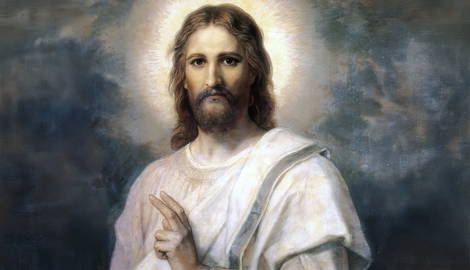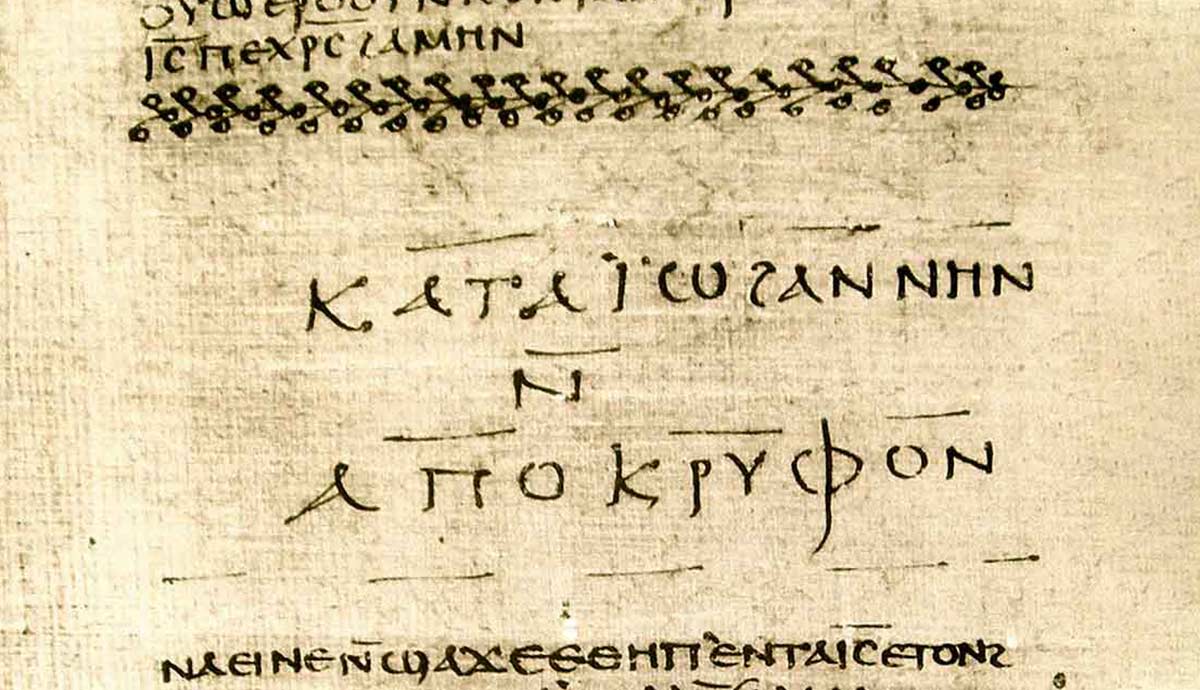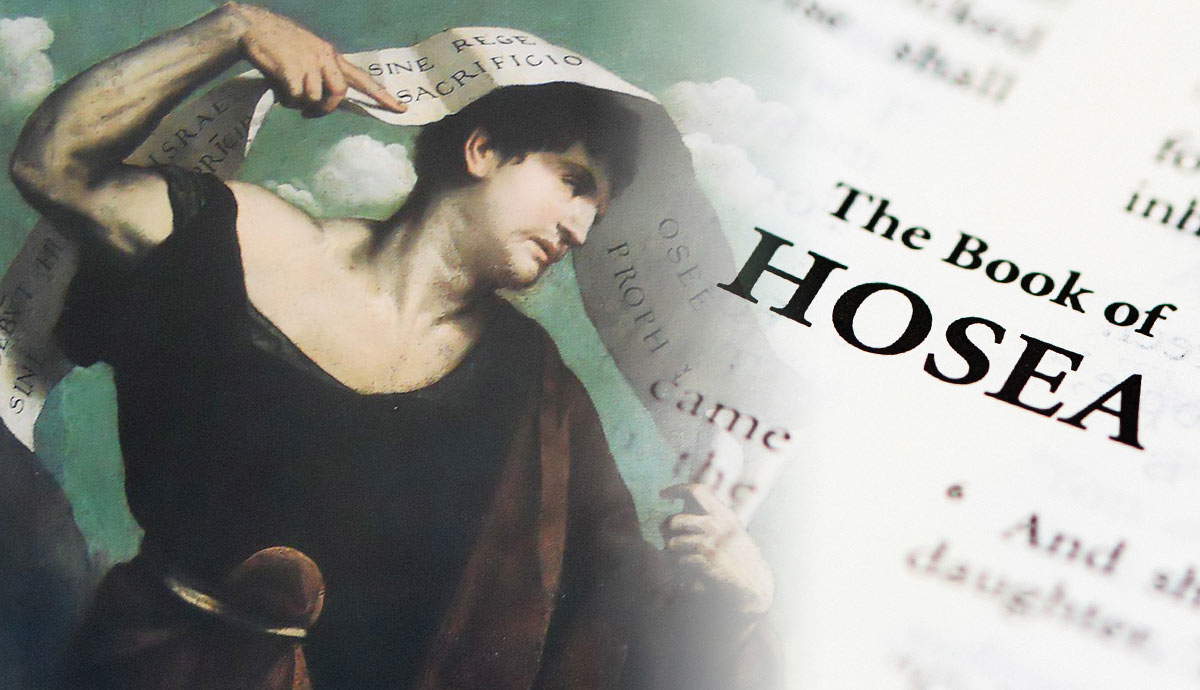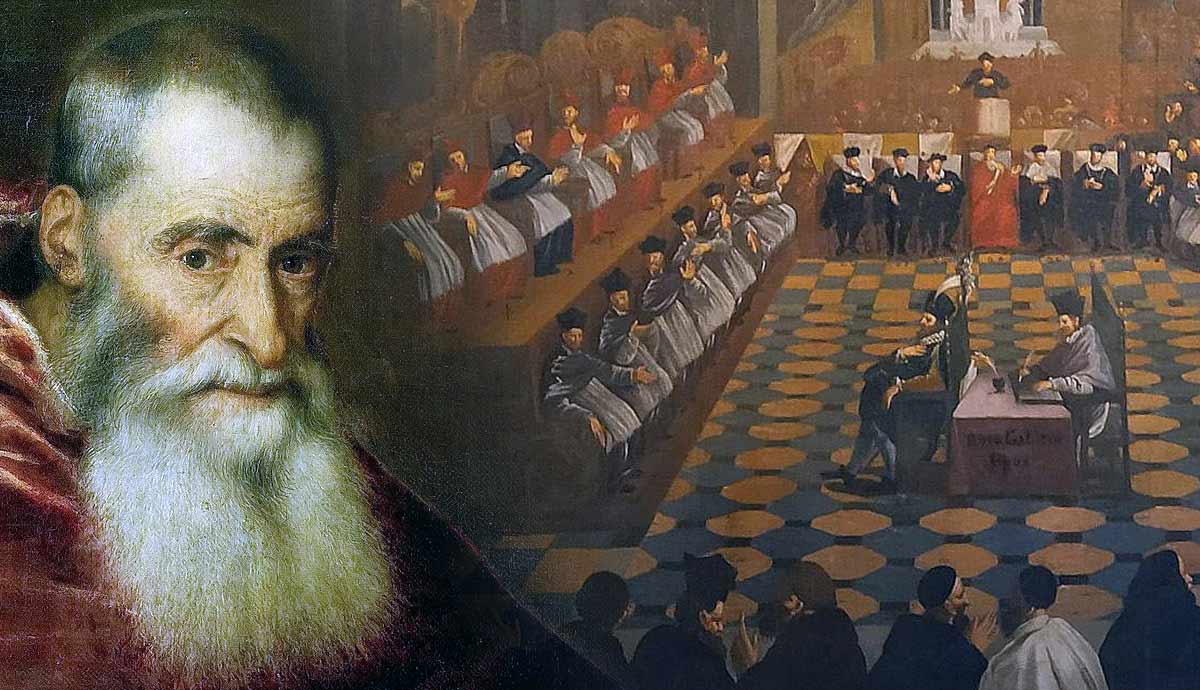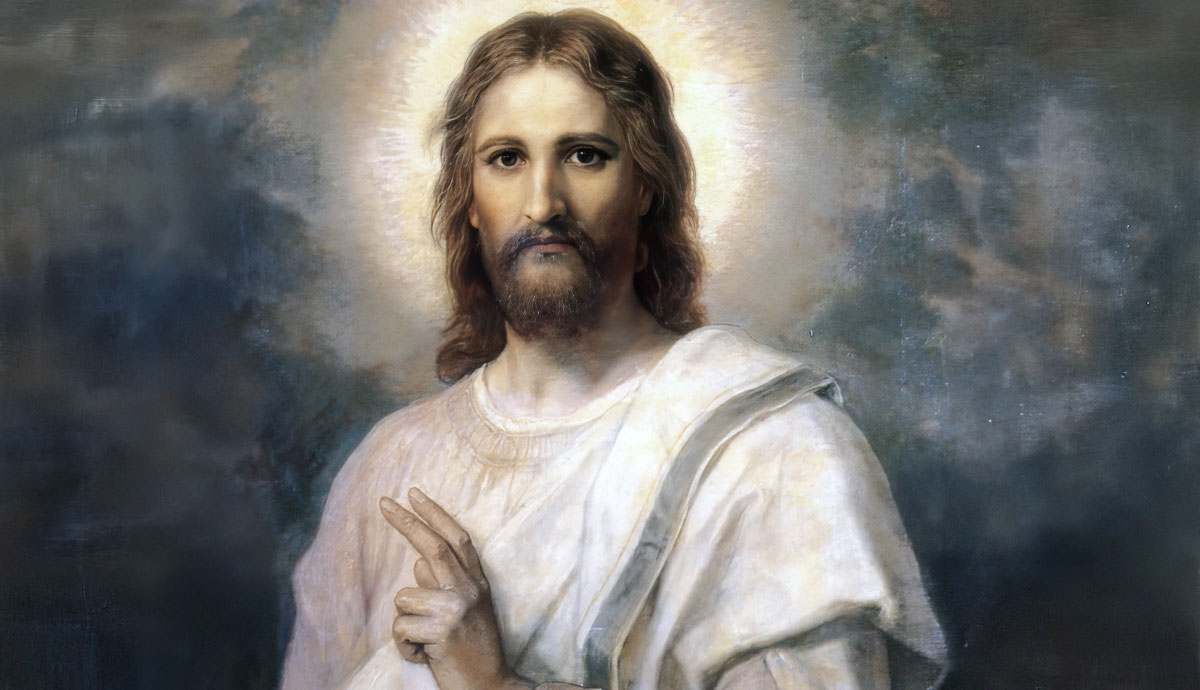
Monophysitism is a belief that Jesus Christ had only one divine nature, rather than a nature that was both fully divine and fully human within one person. The Monophysite theology took various forms with various people over the early centuries of Christianity.
The Emergence of Monophysitism

In response to the Nestorian controversy in the 400s CE regarding the dual nature of Jesus, one of the responses to the Nestorians was from a Constantinople archmandrite named Eutyches. He taught that the divine nature of Jesus so overwhelmed the human nature as to make it hardly noticeable. Eutyches had the support of Emperor Theodosius II, and a pair of councils were held with some political wrangling that upheld Eutychus’ position within the church.
The Council of Chalcedon

When Theodosius II died in 450, his successor Marcian I took over. Marcian was more favorable to the more orthodox dyophysitistic (two natures – human and divine – in one person) view, and ordered a new council to determine the issue once and for all. In October 451 the council was held at Chalcedon, just outside Constantinople. Here, the dyophysitistic view was upheld in the Chalcedonian Creed, which states, “one and the same Christ, Lord, and only-begotten Son, is to be acknowledged in two natures without confusion, change, division, or separation.” The Council of Chalcedon is considered the fourth of the seven major church Ecumenical Councils, which helped resolve the orthodox positions regarding the Trinity and the nature of Jesus Christ.
The Fate of Eutyches

Eutyches, an elderly man by the time Chalcedon was held, would die in exile. He was declared a heretic by the Pope, and never completely recanted his position. Several of his ideas would live on for some time, however.
After the Council of Chalcedon

The Council of Chalcedon did cause a schism between various churches, even within the eastern church. Several attempts were made to reconcile the positions, most notably the Henotikon, a proposal by Emperor Zeno which condemned Eutyches and Nestorius, and ignored some of the resolutions of Chalcedon. However, the Henotikon was met with disfavor for several reasons, one being the attempt from the Emperor directly to impose a solution rather than the resolution coming from within the church. Not until Emperor Justin I in 519 did the issues within the Eastern church become resolved, though a rift still existed between Eastern and Western churches over leadership issues.
Even then, monophysitism still lingered – the Empress Theodosia, wife of Justinian, was sympathetic to monophysites and they enjoyed some protection due to her influence. However, not long after their son, Justin II, any Monophysite influence ended within Christianity.
Modern Monophysites Today: Do Any Still Exist?

There are few, if any, modern churches which have accepted the label of Monophysite. Some eastern rite and Coptic churches had adopted a similar label called “miaphysite” which holds that Jesus Christ has one nature which is both fully divine and fully human. Several of these churches have re-established some of their differences with the Roman Catholic church by resolving or accepting the differences in terminology and theology.
